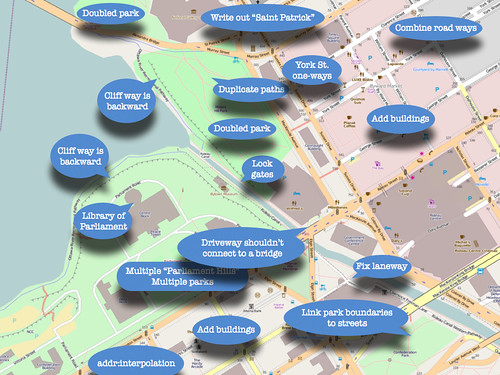The Diefenbunker is a Cold War-era fallout shelter on the outskirts of Ottawa that has since been converted into a museum. Its large floor maps, never used or displayed, are serving as grist for an Indigenous artist in residence, CBC Ottawa reports:
As the new artist in residence at Ottawa’s Diefenbunker Museum, Mairi Brascoupé is blending Cold War-era maps and beadwork to explore the idea of “place” during times of change.
Brascoupé, a member of Kitigan Zibi Anishinabeg First Nation, wants to weave her own story by exploring the differences between cultures of Indigenous people and settlers.
She plans to use waterways and traplines in contrast with fallout zones, evacuation plans, and other details of the museum’s maps.









